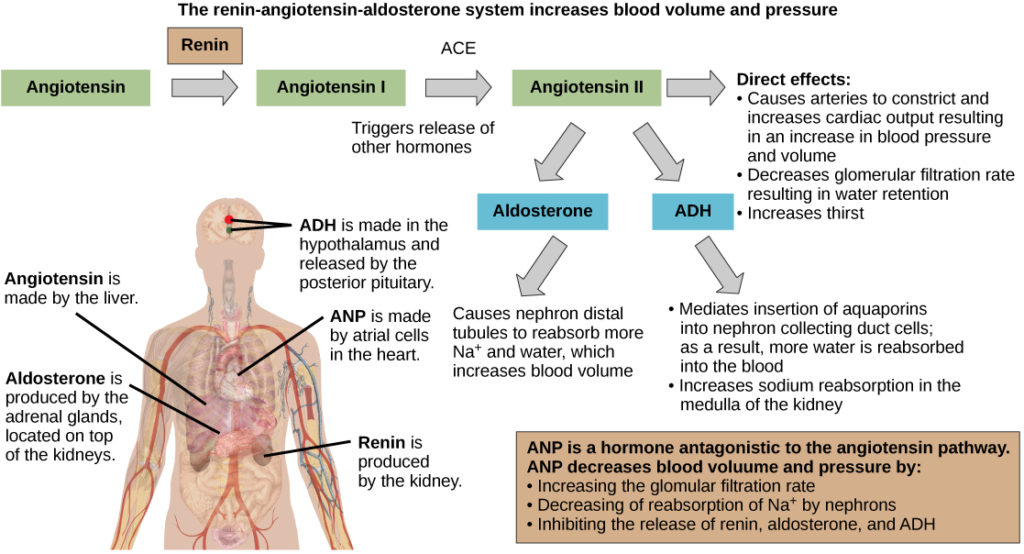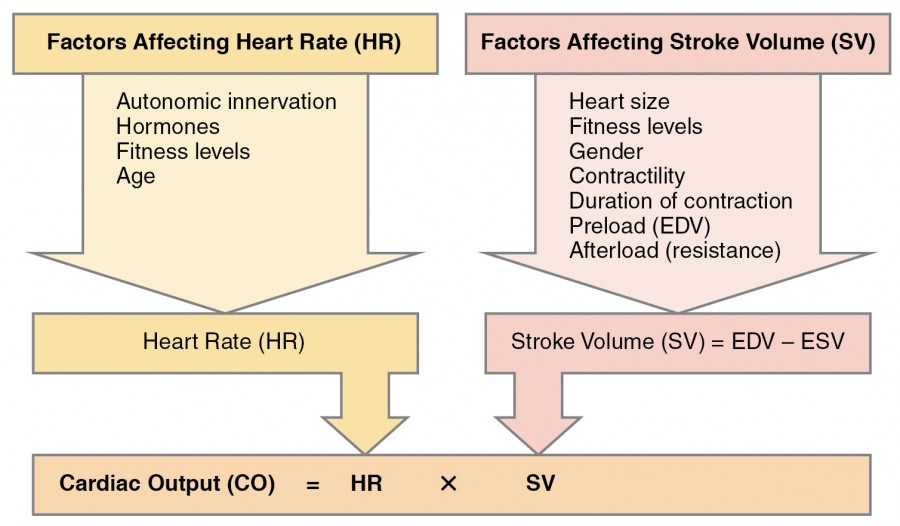Hypovolemia, commonly referred to as low blood volume, is a medical condition that occurs when there is a significant reduction in the volume of blood circulating in the body. This condition can lead to serious complications if not addressed promptly. Understanding the causes, recognizing the symptoms, and knowing how to provide proper care are essential for managing this condition effectively.

What is Low Blood Volume?
Low blood volume refers to a state where the amount of blood in the body is insufficient to meet its needs. Blood plays a critical role in delivering oxygen and nutrients to tissues while also removing waste products. When blood volume drops, the body struggles to maintain adequate circulation, which can result in organ dysfunction and other complications.
The Role of Blood in the Body
- Blood carries oxygen from the lungs to tissues and organs.
- It transports nutrients absorbed from the digestive system to cells.
- Blood helps regulate body temperature by redistributing heat.
- It removes waste products, such as carbon dioxide, for excretion.
When blood volume decreases, these vital functions are compromised, leading to potential health risks.
Causes of Low Blood Volume
There are numerous factors that can contribute to a decrease in blood volume. These causes can be broadly categorized into fluid loss and blood loss.
Fluid Loss
Fluid loss occurs when the body loses water and electrolytes, leading to a reduction in blood plasma. Some common causes include:
- Dehydration: This can occur due to inadequate fluid intake, excessive sweating, vomiting, or diarrhea.
- Burns: Severe burns cause fluid loss through damaged skin.
- Excessive Urination: Conditions like diabetes or the use of diuretics can lead to increased urine production and subsequent fluid loss.
- Heat Exhaustion: Prolonged exposure to high temperatures can cause excessive sweating and dehydration.
Blood Loss
Blood loss directly reduces the total volume of blood in the body. Common causes include:
- Trauma: Injuries such as cuts, gunshot wounds, or accidents can lead to significant blood loss.
- Surgery: Surgical procedures often involve some degree of blood loss.
- Gastrointestinal Bleeding: Ulcers, diverticulitis, or other conditions can cause internal bleeding.
- Miscarriage or Postpartum Hemorrhage: Women may experience blood loss during pregnancy-related complications.
Symptoms of Low Blood Volume
The symptoms of low blood volume can vary depending on the severity of the condition. Early recognition of these signs is crucial for timely intervention.
Mild Symptoms
In the early stages, individuals may experience:
- Dizziness or lightheadedness, especially when standing up quickly.
- Fatigue or weakness.
- Dry mouth and increased thirst.
- Rapid heartbeat or palpitations.
Severe Symptoms
As the condition progresses, more serious symptoms may develop, including:
- Confusion or difficulty concentrating.
- Cool, clammy skin.
- Low blood pressure.
- Shallow or rapid breathing.
- Fainting or loss of consciousness.
If left untreated, severe cases of low blood volume can lead to shock, organ failure, or even death.
Diagnosis of Low Blood Volume
Diagnosing low blood volume involves a combination of physical examination, medical history review, and diagnostic tests. Healthcare providers assess symptoms, look for signs of dehydration or blood loss, and may order specific tests to confirm the diagnosis.
Physical Examination
A healthcare provider will check for:
- Low blood pressure, which is a key indicator of reduced blood volume.
- Rapid heart rate, as the heart works harder to compensate for the decreased blood supply.
- Poor skin turgor, which indicates dehydration.
- Dry mucous membranes in the mouth and eyes.
Diagnostic Tests
To confirm the diagnosis, the following tests may be performed:
- Blood Tests: These can measure hemoglobin levels, electrolyte balance, and kidney function.
- Urine Tests: Assessing urine concentration can help determine hydration status.
- Imaging Studies: In cases of suspected internal bleeding, imaging techniques like ultrasound or CT scans may be used.
Treatment and Care for Low Blood Volume
Treatment for low blood volume focuses on restoring blood volume and addressing the underlying cause. The approach depends on the severity of the condition and the specific circumstances.
Immediate Interventions
In emergency situations, immediate interventions are necessary to stabilize the patient:
- Intravenous Fluids: Saline solutions or other fluids are administered to replenish blood volume quickly.
- Blood Transfusions: In cases of significant blood loss, transfusions may be required to restore red blood cell levels.
- Oxygen Therapy: Providing supplemental oxygen ensures that tissues receive adequate oxygenation.
Addressing the Underlying Cause
Once the patient is stabilized, it is important to address the root cause of low blood volume:
- Treating Dehydration: Encouraging oral fluid intake or continuing intravenous fluids until hydration is restored.
- Stopping Bleeding: Surgical intervention or medications may be needed to control bleeding.
- Managing Chronic Conditions: Conditions like diabetes or gastrointestinal disorders should be managed to prevent recurrence.
Long-Term Care
For individuals prone to low blood volume, long-term care strategies can help prevent future episodes:
- Hydration: Maintaining adequate fluid intake is essential, especially during hot weather or physical activity.
- Dietary Adjustments: Consuming foods rich in electrolytes, such as bananas or sports drinks, can help maintain balance.
- Monitoring Health: Regular check-ups with a healthcare provider can help identify and manage risk factors.
Prevention of Low Blood Volume
Preventing low blood volume involves adopting healthy habits and being mindful of potential risk factors.
Staying Hydrated
Drinking enough water throughout the day is one of the simplest ways to prevent dehydration. Individuals should aim for at least eight glasses of water daily, adjusting for factors like activity level and climate.
Avoiding Excessive Heat Exposure
Limiting time spent in extreme heat and wearing appropriate clothing can reduce the risk of heat-related fluid loss.
Recognizing Warning Signs
Being aware of early symptoms, such as dizziness or fatigue, allows for prompt action to prevent progression to more severe stages.
Special Considerations
Certain populations are at higher risk of developing low blood volume and require special attention.
Elderly Individuals
Older adults are more susceptible to dehydration due to reduced thirst sensation and kidney function. Caregivers should ensure they consume adequate fluids.
Athletes
Athletes, especially those engaged in endurance sports, should prioritize hydration and electrolyte replacement to avoid fluid imbalances.
Patients with Chronic Illnesses
Individuals with conditions like diabetes, kidney disease, or gastrointestinal disorders should work closely with their healthcare providers to manage their health and minimize risks.





